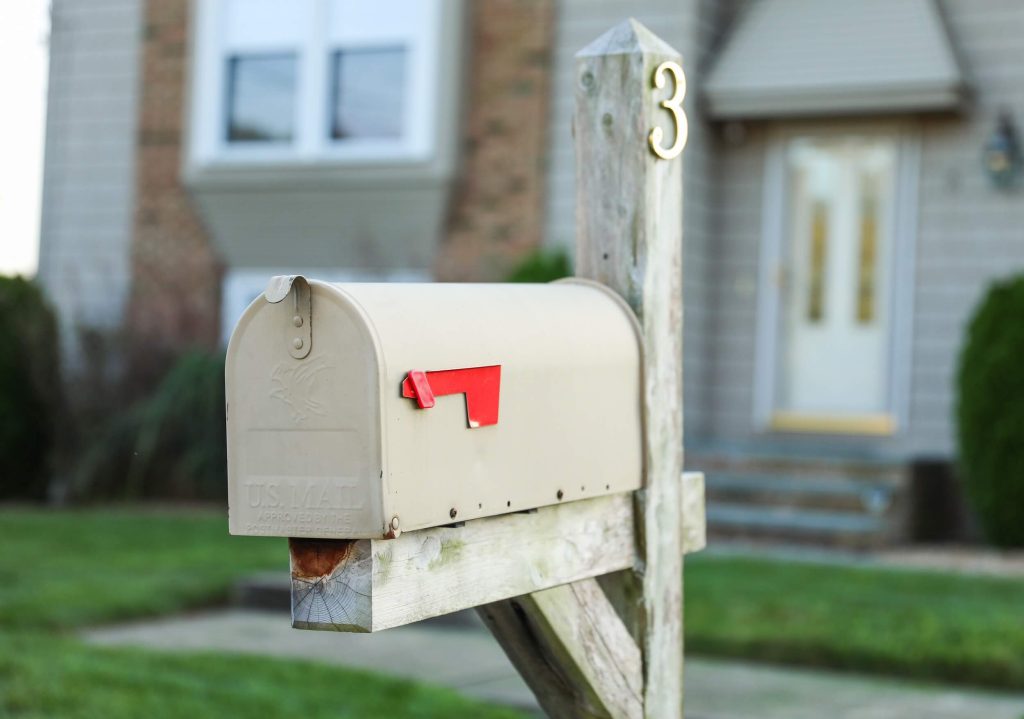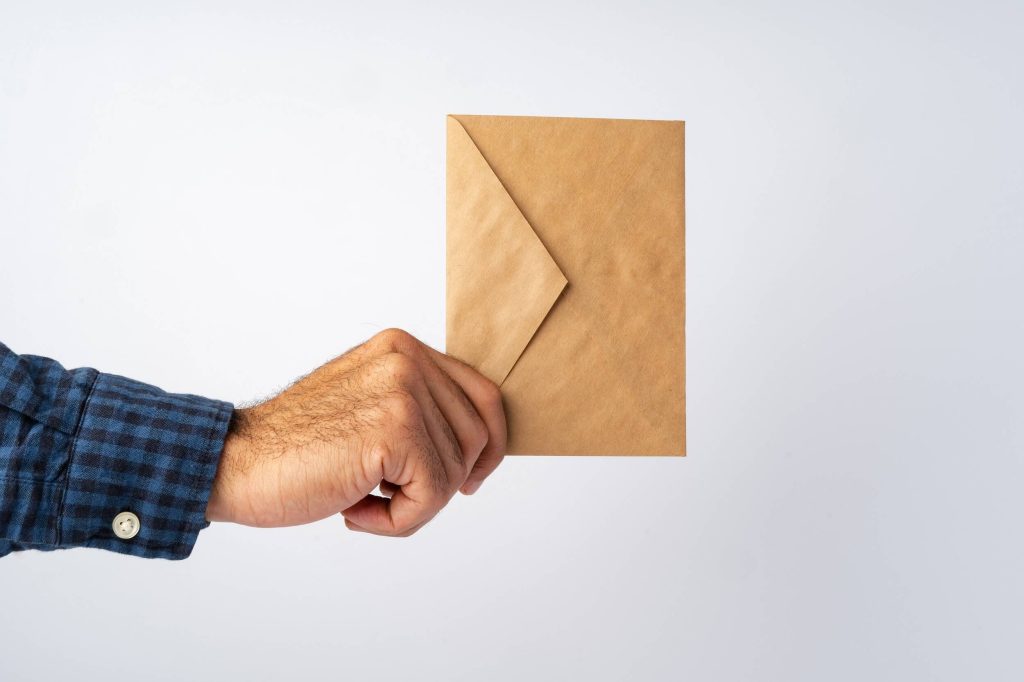Serving the papers on your spouse is one of the obligatory steps in the divorce process. By delivering a complaint and summons, you officially notify them about the start of the action. In this article, we will answer the basic questions about serving divorce papers on the respondent in Washington State.
What Does It Mean to Serve Divorce Papers?
Serving divorce papers means delivering them to the other spouse to inform them that you have initiated a marriage dissolution case. The term “service of process” in a lawsuit refers to the procedure in which the initiator of the legal action gives official notice about it to another involved person or entity to make them respond to the proceeding before the court.
In a divorce process, an individual who decides to end their marriage, formally called a petitioner, must inform their spouse, who will be a respondent, that they have started the divorce action. For this, they must properly deliver the initial divorce paperwork they filed with the court to the respondent, wait for the response, and file it with the court.
How Are Divorce Papers Served in Washington State?

Since the court does not serve the papers on the respondent, the petitioner must arrange the service and ensure that divorce papers are delivered in accordance with the state laws and regulations.
When filing for divorce, you must submit the original papers and 2 copies of each document to the clerk’s office. After the clerk assigns a case number, time-stamps them, and returns the copies, you should deliver one package of copies to your spouse. Typically, it should contain all the papers you filed with the court, except the Confidential Information Form and Attachment, and would include at least the following:
- Summons: Notice About a Marriage or Domestic Partnership;
- Petition for Divorce (Dissolution);
- Case Information Cover Sheet.
To facilitate the process of an uncontested divorce, ask your spouse to accept the service and give them the papers if they agree. In this case, they must sign a Service Accepted form to admit they received the papers.
If you do not want to ask your spouse to accept service, they refuse, or did not sign the Service Accepted form after agreeing, you may get personal service or try other means. Let’s consider your options in more detail.
Personal Service

The most common way of having the respondent receive the papers is personal service that presupposes hand-delivering them in person. A petitioner is not allowed to serve the papers themselves. Therefore, you should ask someone to serve divorce papers on your spouse for you. This person must be at least 18 years old and uninvolved in your case directly.
Remember that hand delivery means putting the papers into your spouse’s hands or at least leaving them in their home. Since a respondent may refuse to take them and use any method not to let your server inside, this mission may be a challenge for an unprepared person. Therefore, a good idea is to hire someone to serve divorce papers on your spouse. Although a professional process server or sheriff charges some fee for their services, they know how to do it properly, making them more likely to succeed on the first try.
Whoever serves the papers on your spouse, a sheriff or your friend, they must complete and sign the Proof of Personal Service form to confirm the delivery. You will need to file it with the court.
Substitute Service

If all your diligent attempts to personally serve the papers were in vain, you may need to ask court permission for a substitute service. One of such options is service by mail. However, you must prove to the court that you used due diligence to serve the respondent personally but failed because they deliberately hid from the server or moved, and you do not know their whereabouts. You should show that you conducted a reasonable and thorough search using any information available.
Just like with personal service, you cannot mail the papers yourself if the court grants permission. Ask an adult person unrelated to your case to mail copies of divorce papers to your spouse by regular and certified mail with the return receipt requested. You may use the respondent’s last known address or a close relative’s address, for example. The server must fill out and sign a Proof of Service by Mail form for you to file with the court.
Service by Publication

Another option is to ask the court for permission for service by publication. Again, you will need to prove that you have made all reasonable attempts to find your spouse, and there is no other way to find out their location. If the court signs the order permitting service by publication, you should get the summons published in the newspaper in the location where the respondent is most likely to see it. You will need to file the Proof of Publication cover sheet with the court.
This method can be quite costly and not very effective. So, try your best to serve divorce papers in person or at least by mail before you resort to service by publication.
How Long Does It Take for Someone to Get Served with Divorce Papers?

Under the Federal Rules of Civil Procedure, a summons must be served within 90 days after filing the Complaint. Otherwise, the court will dismiss the action (Rule 4 (m)). Although it is not specified anywhere in the Revised Code of Washington statutes, the state procedural regulations are generally intended to be consistent with Federal Rules.
Normally, plaintiffs try not to delay the process, so they tend to serve the papers as soon as they have received their time-stamped copies from the clerk. The speed would depend on the parties’ cooperation and the petitioner’s ability to locate the respondent. For example, your spouse may file the complaint with the court and hand you copies of the papers the very next day if you agree to accept the service. However, if you deliberately hide from the summons, it may take them some time to make diligent attempts to find you and to arrange service by mail or by publication, which would normally take about 30-45 days if your spouse is insistent.
On the other hand, if you know that they have definitely filed for divorce, but it has been more than 3 months, and you still have not been contacted to be hand-delivered the papers, you may have hope that the action will be dismissed.
How Long After Being Served Divorce Papers Do You Have to Respond?
Your response deadline depends on the way you were served with divorce papers in Washington State:
- 20 days if you were served personally in the state;
- 60 days if you were served personally outside Washington State;
- 60 days if you were served by publication;
- 90 days if you were served by mail.
How Much Does It Cost to Serve Divorce Papers in Washington State?

The expenses for the service of process may vary from $0 to $500, depending on the method you choose.
You do not have to pay if your spouse agrees to accept service and you just give them divorce papers personally. Similarly, it will not cost you anything if you ask someone you know to deliver the paperwork unless this person would like to get some reward for this service.
Professional process servers and sheriffs normally charge about $30-$80 or a bit more if they need to make several attempts.
Service by mail will cost you only postage fees, which vary depending on the county and the post office.
The most expensive method is service by publication. While each newspaper charges differently, rates may range between $30 and $400 per publication. Remember that the publication must appear weekly for 2 months until your spouse responds. Since most newspapers are private entities, you cannot waive their fees by the court.
Can Someone Else Accept Served Papers in Washington?
In fact, there are cases when Washington State allows the handing of divorce papers to other people, which is called “abode service.” If the respondent is not home, the process server can give the package of copies to any responsible person living with them in the same house. A “responsible person” is someone of sound mind and suitable age, which is 18 or older. In this case, the server must ask for their name, age, and address and clarify if the respondent lives at the same address to indicate this information in the Proof of Personal Service form.
Besides, you can also deliver divorce papers to your spouse’s attorney as a represented party if they have one.
What if My Spouse Refuses to Respond to the Divorce Papers?

If your spouse does not reply, you may be granted divorce by default. The respondent normally has from 20 to 90 days to reply to divorce papers, depending on the method they were served. If you have tried everything and all the deadlines have expired, but there is still no response, you can ask the court for an order of default, which will most likely be satisfied. However, keep in mind that the judge will only grant the requests that were present in the initial paperwork and only if they do not go against the laws. Therefore, ensure that you fill out the forms accurately and completely.
